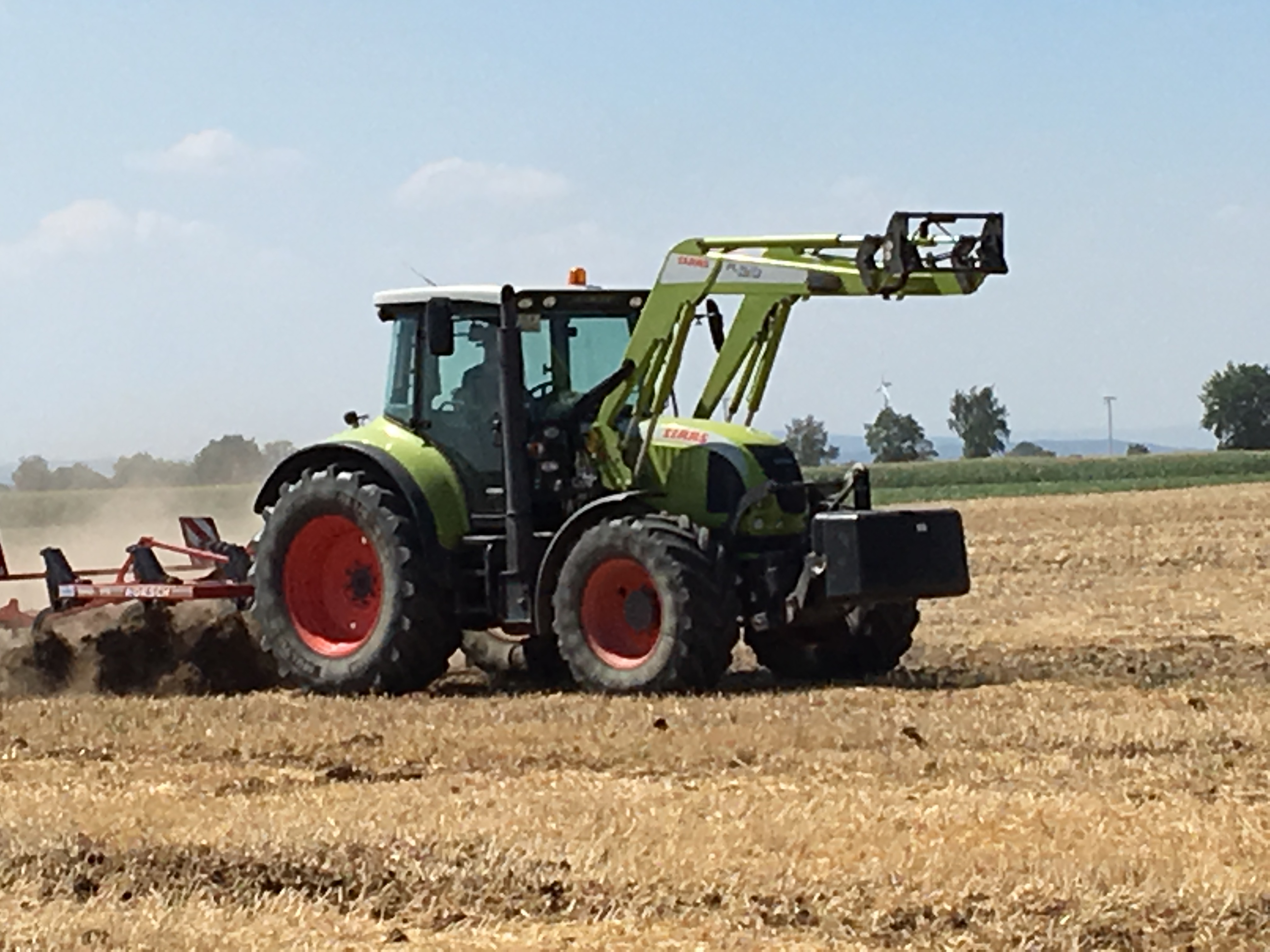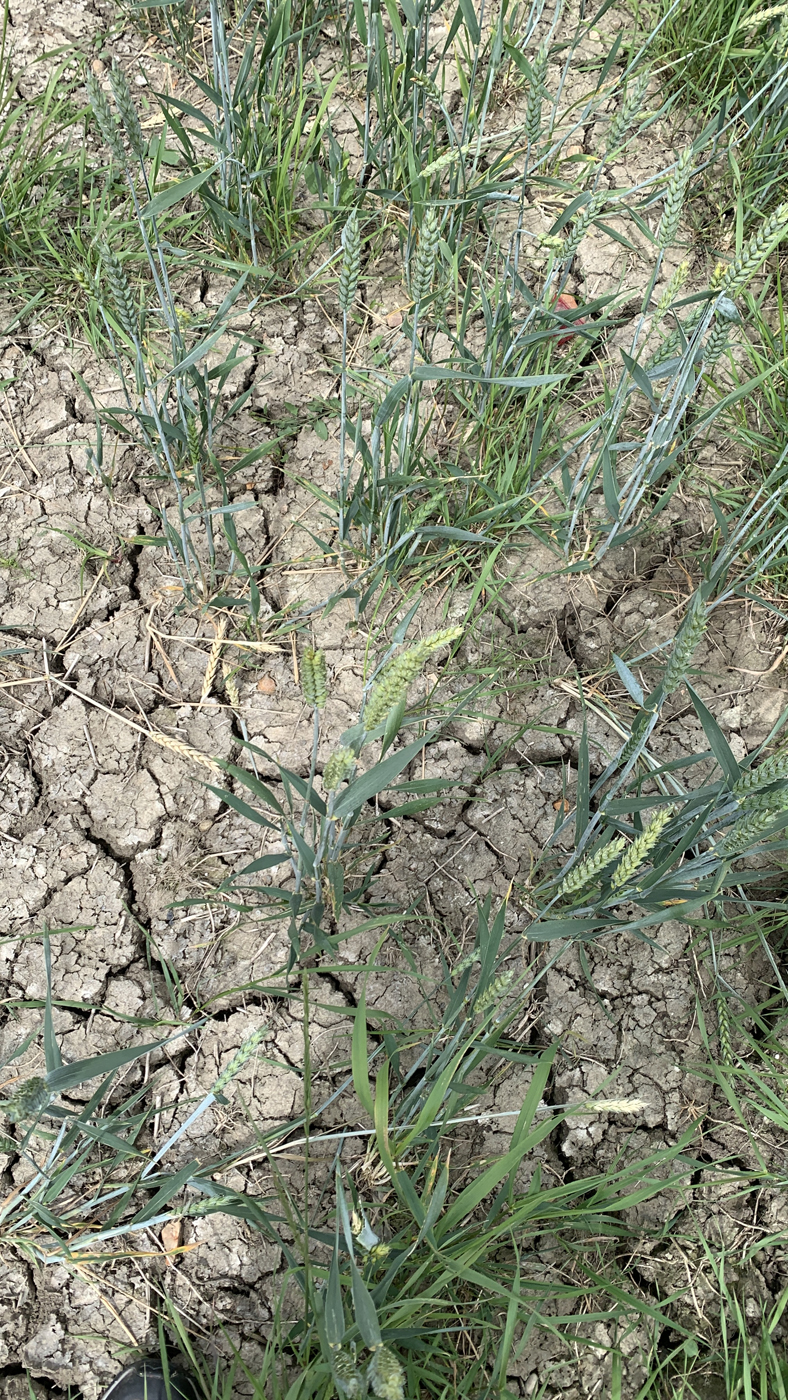What spring did not sow, summer cannot ripen, fall cannot harvest, winter cannot enjoy.
On our farm, we cultivate around 35 hectares of arable land. Of this, 30 hectares are cultivated with arable crops, while 5 hectares are used for grazing and fodder production. We produce 95% of the feed for our horses ourselves; only a few supplements such as minerals and vitamins are bought in.
In arable farming, we attach great importance to a diverse crop rotation of cereals, catch crops and root crops. We grow wheat, barley, oats and sugar beet. Intercropping ensures year-round greening of our land, which counteracts the drying out of the soil and thus prevents soil erosion. However, because crop rotations that are too diverse affect the average plot size and plots that are too small reduce profitability, we also have limits here.
Our soils are rated with 60-80 soil points . The main soil class is lT (loamy clay). Tilling these soils requires a great deal of energy to prepare them for arable crops. In harmony with nature, soil compaction is avoided by appropriate and timely soil cultivation, the soil structure is improved by adding organic matter and a crumb structure is obtained by utilizing the "frost fermentation". In the right combination, these measures help to save energy and costs.

Company overview
Overview of the structures and performance of our company

Sustainable agriculture
Climate resilience in agriculture is crucial for ensuring sustainable yields despite climatic challenges.

